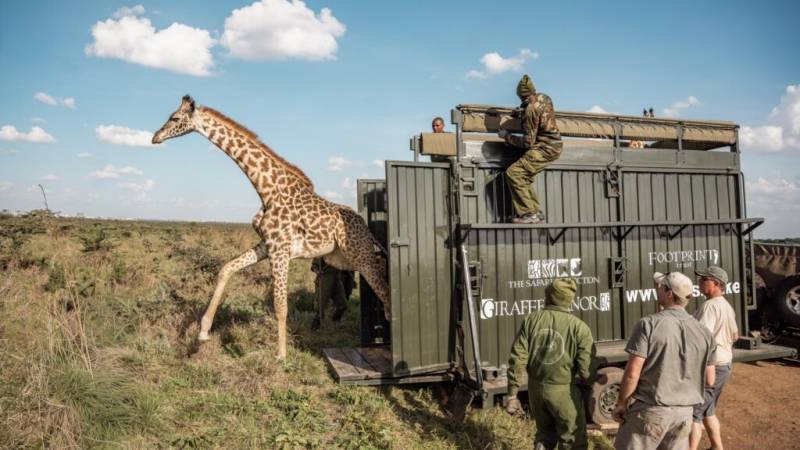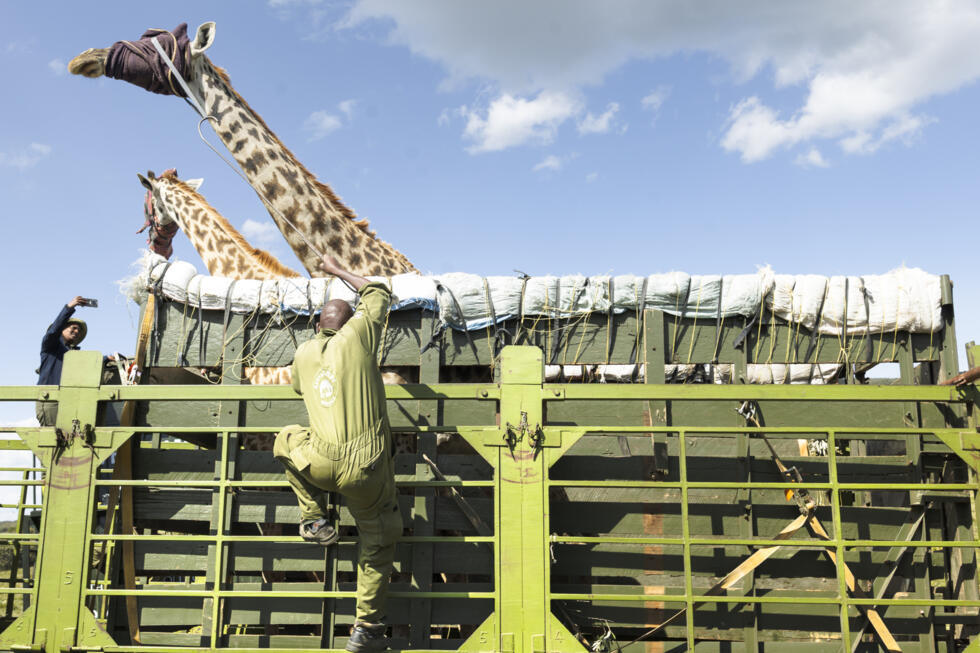The frequency of complex wildlife relocation operations in Kenya is rapidly increasing due to expanding human development and climate change pressures, forcing conservationists to move animals from increasingly hostile environments.
Recently, the Kenya Wildlife Service (KWS) moved hundreds of giraffes, zebras, and antelopes from the Kedong Ranch near Lake Naivasha. This land, previously a natural habitat, has been sold and subdivided for real estate, blocking key natural corridors and causing the animals to become stressed and stranded.
Relocating animals, particularly giraffes, is a difficult and risky process.
KWS personnel must use tranquilliser darts, tractors, and even helicopters to capture the animals, which are then physically restrained, blindfolded, and transported to safer areas, like the Oserengoni private reserve.

KWS veterinarian Dominic Mijele noted that giraffes are the most challenging to move due to their sensitivity to anaesthesia and the risk of injury from falls or powerful kicks.
The increasing need for such costly operations reflects a broader dilemma in Kenya: how to reconcile rapid population growth (which has soared since 2000) and economic development with essential wildlife conservation.
Experts warn that human settlements are “invading” wildlife refuges, making the task of balancing human and animal well-being critical for the country’s future and its vital tourism revenue.


 Trending
Trending 

